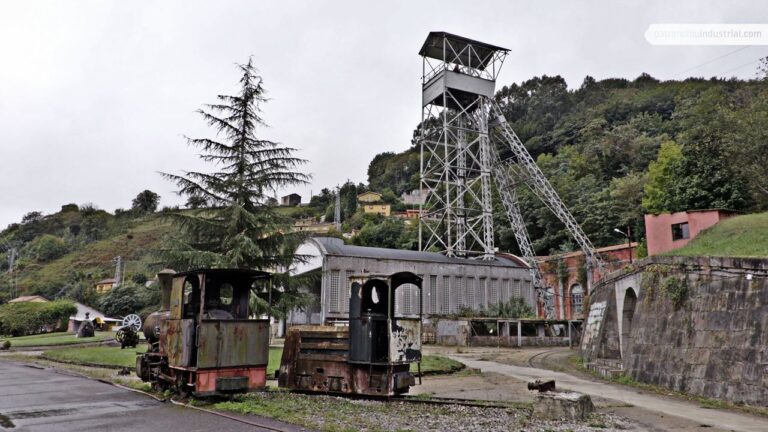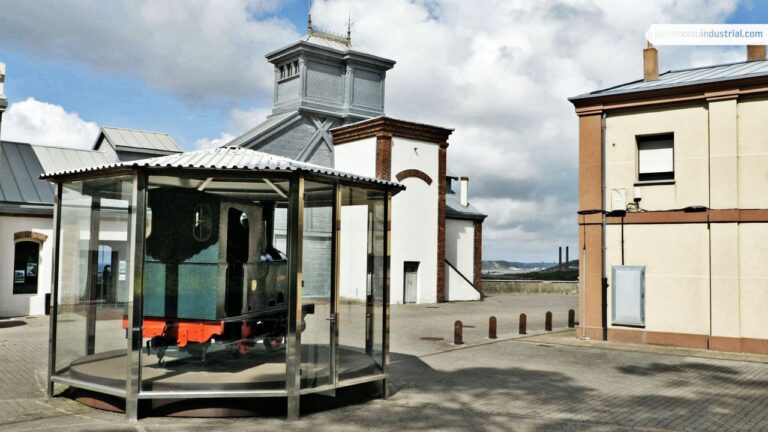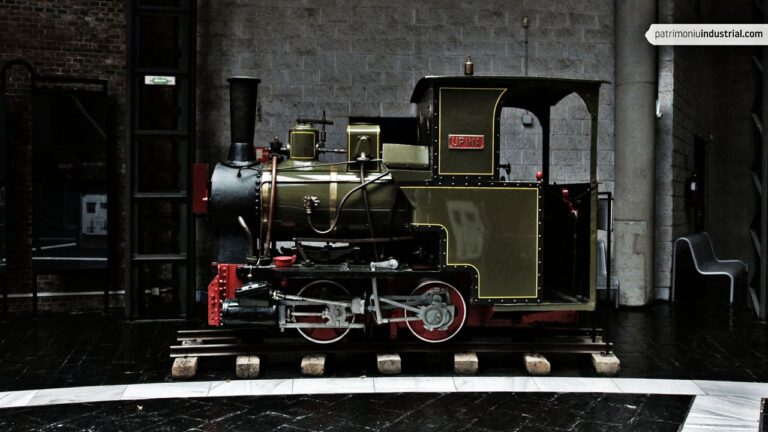Transport
There are some pieces of railway heritage that have a singular interest because, beyond their historical value, they also have a strong symbolic value. That is the case of the TURÓN 3 locomotive, built by the German firm Jung in 1914 for Sociedad Hulleras del Turón. The beginnings of its life were already hectic due to the outbreak of the World War I, since this machine and its twin, the number 4, were trapped for months in the port of Antwerp until they were able to resume their journey to Spain.
Once in Asturias, both engines were put into service on the railroad that linked the La Cuadriella coal washing plant with San Víctor, which was being extended to the new Santa Bárbara Mine. Although they were acquired to tow coal trains, the arrival of the American locomotives with three coupled axles immediately relegated them to secondary tasks. Thus, they were in charge of the workers' cars, the cutting of construction material or supplies for the mines and the company shops.
With the opening of the Urbiés line (1942), machines 3 and 4 alternated periods of operation on that route, which was closed in 1968. When one of them was on this route, its twin was under repair in the workshop and vice versa. It was not an easy task due to the steep slope of the track, which required special skill from the train drivers to control the loaded trains descending the track. The number 3, nicknamed "cuquina" by the staff, ended its career performing shunting in the Plaza la Madera (La Cuadriella) until the last days of the narrow-gauge network, while its sister was scrapped.
After the dismantling of the railroad, this engine was immediately associated with its memory: it was exhibited during the festivities of Cristo de Turón and, in 1973, it was placed by HUNOSA on a pedestal with a hopper-wagon as a tribute to the narrow-gauge railroaders of the valley.
After twenty years there, it was sent to the Mining Museum in El Entrego, where it remained for another decade. In 1994, it returned to Turón and was placed at the entrance to La Veguina, next to the old mining railroad line, after being restored. As a monument located in a very visible place, it has become the most popular piece of the valley's railway heritage.
GALERÍA DE IMÁGENES






Recent Comments